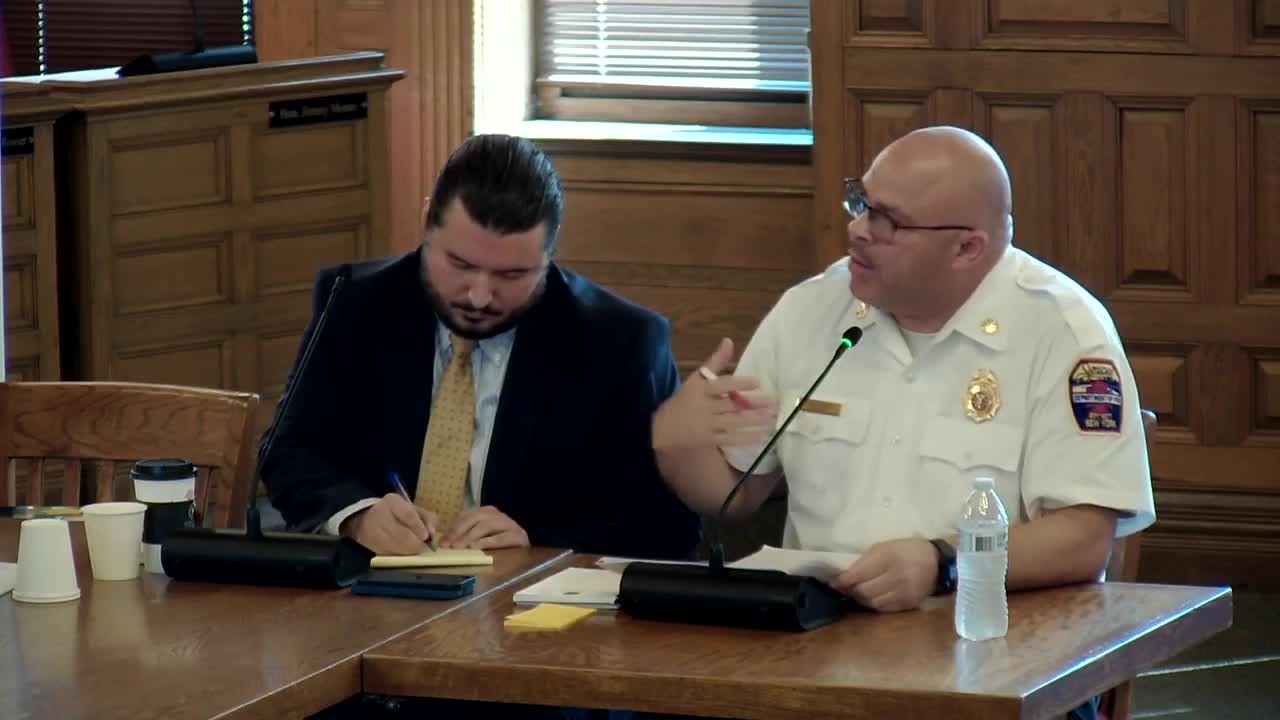Onondaga County 911 Center enhances emergency response with new dispatch protocols
August 20, 2025 | Syracuse City, Onondaga County, New York
Thanks to Scribe from Workplace AI , all articles about New York are free for you to enjoy throughout 2025!

This article was created by AI using a video recording of the meeting. It summarizes the key points discussed, but for full details and context, please refer to the video of the full meeting. Link to Full Meeting
Syracuse Fire Department representatives emphasized their swift response times, typically within three to four minutes, as they arrive on scene with fire trucks or engines to begin providing care. Following their arrival, ambulances from AMR are dispatched based on the information relayed from the 911 call takers.
Chief officials explained that lower acuity calls, such as those for minor injuries or fevers, are handled by basic EMT ambulances. This strategy allows paramedic units to be reserved for more critical emergencies, like strokes and cardiac arrests. This practice has been in place for several years and is closely monitored to ensure efficiency and effectiveness in emergency response.
While the meeting underscored the importance of the 911 system, it also noted the absence of representatives from the Onondaga County 911 center, which operates independently of the local emergency response contracts. This separation raises questions about coordination and accountability in emergency management, a topic that may warrant further discussion in future meetings.
As Syracuse continues to refine its emergency response strategies, the focus remains on ensuring that residents receive timely and appropriate care during critical situations.
Converted from Public Safety Committee Meeting, August 25th, 2025 meeting on August 20, 2025
Link to Full Meeting
Comments
View full meeting
This article is based on a recent meeting—watch the full video and explore the complete transcript for deeper insights into the discussion.
View full meeting
